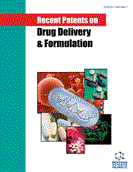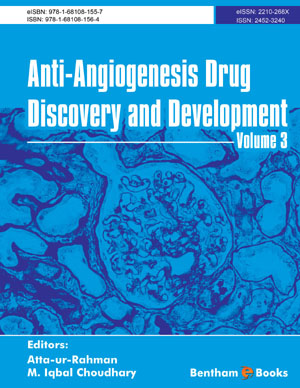Abstract
Drug delivery through the oral route is perfect for both solid and liquid dosage forms. Notwithstanding numerous favorable circumstances, the improvement of the oral delivery route still speaks to an excellent test attributable to interesting curious physicochemical characteristics of lipophilic drug compounds and physiological barriers, such as gastrointestinal unsteadiness, pre-systemic metabolism and efflux pump. Upon oral intake, lipophilic drug in a dosage form is effortlessly taken by patients, passes the GIT via a tremendously versatile environment. Factors affecting solubilization are the size of particle, temperature, pressure, molecular size, nature of solute and solvent, polarity and polymorphs. Ways of enhancing oral bioavailability includeboth chemical modifications and formulation modifications. The chemical modification includes soluble pro-drug and salt formation. While formulation modification comprises of physical changes like size reduction, crystal habit modification, complexation (e.g. with β-cyclodextrin), solubilization with co-solvents or surfactants, drug dispersion with carriers (e.g. eutectic mixture, solid dispersion and polymeric carriers like micro/nanoemulsions, self-emulsifying drug delivery systems, liposomes, solid lipid nanoparticles (SLNs) and nanostructured lipid carriers which are described briefly. A formulation approach is a preferable option to chemical modification approaches which may prompt the change in chemical structure and may have an impact on the pharmacological action. Particle size reduction is classified into two categories - mechanical micronization and engineered particle size control. Mechanical micronization includes jet milling, ball milling, high-pressure homogenization. Engineered particle size control includes the cryogenic method, spray freezing onto cryogenic fluids, spray freezing into cryogenic liquids, spray freezing into vapor over liquid, ultra-rapid freezing and cryogenic spray processes. Crystal engineering includes nanocrystals, solid dispersion, co-crystal formation, sonocrystallization, liquisolid technique, self-microemulsifying drug delivery systems and inclusion complex which are discussed in detail. This chapter highlights various methods for solubility enhancements with their merits and demerits.
Keywords: Crystal engineering, Cryogenic method, High-pressure homogenization, Liposomes, Nanostructured lipid carriers, Oral bioavailability.






















